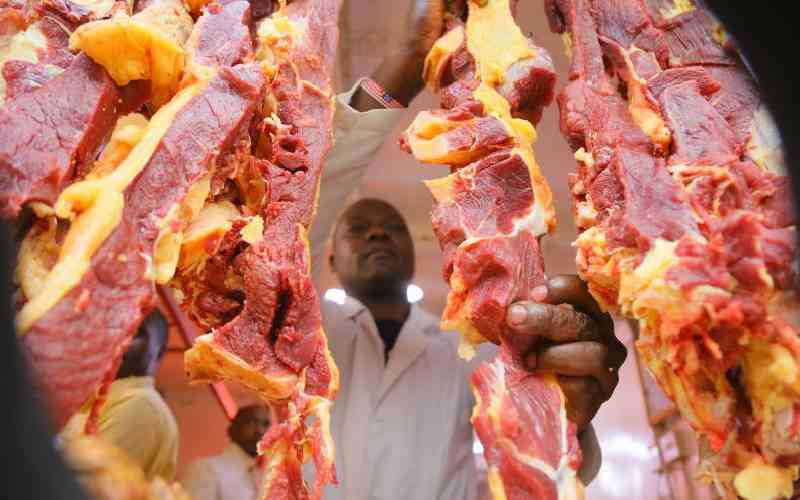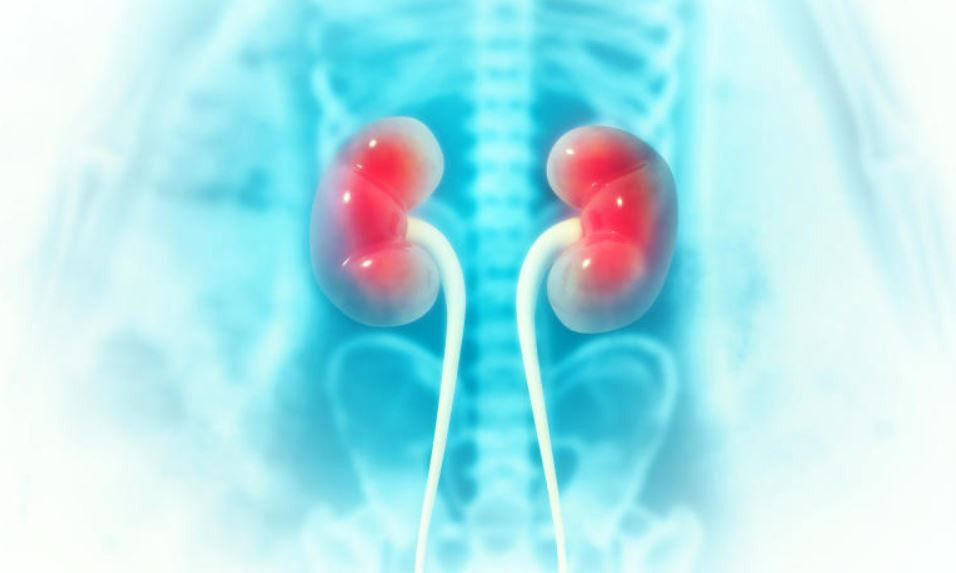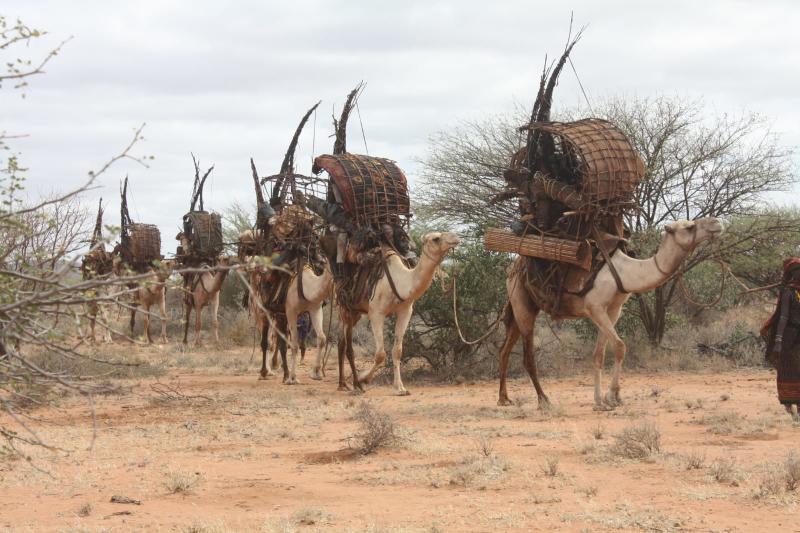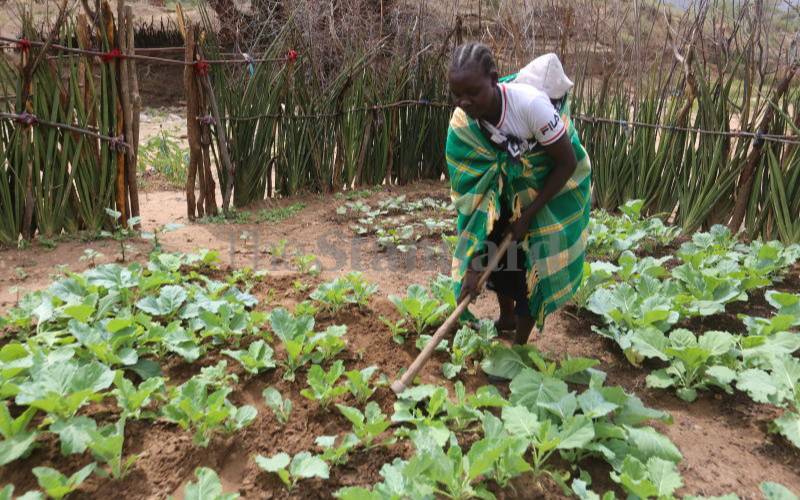
Fat woman [Courtesy]
The few older Kenyans who rarely saw a car while growing up in the countryside must be amused at how for some townspeople walking a few kilometres is flaunted as an extraordinary achievement.
For an increasing number of young people with smartphones that have a special feature of tracking the steps they take, covering more than 10 kilometres in a day is a feat worth hanging on their social media pages like a trophy.
 The Standard Group Plc is a multi-media organization with investments in media
platforms spanning newspaper print
operations, television, radio broadcasting, digital and online services. The
Standard Group is recognized as a
leading multi-media house in Kenya with a key influence in matters of national
and international interest.
The Standard Group Plc is a multi-media organization with investments in media
platforms spanning newspaper print
operations, television, radio broadcasting, digital and online services. The
Standard Group is recognized as a
leading multi-media house in Kenya with a key influence in matters of national
and international interest.











